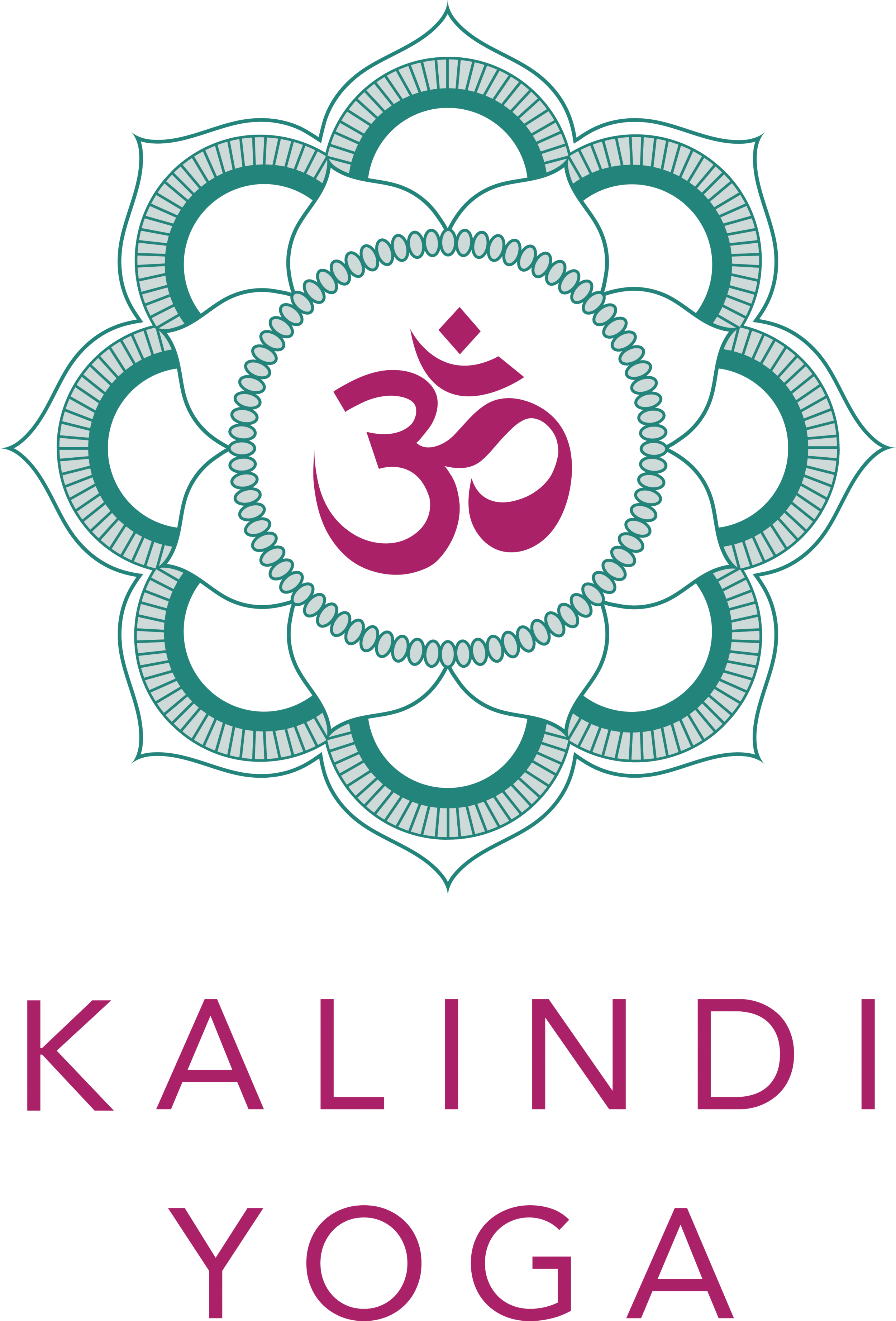Savasana - an active posture?
You love going to your weekly yoga class. You love the thrill it gives you. You love how peaceful yet awake you feel after. But what you might not like is that period of time where you aren't moving and your intellectual mind starts to kick back in...
The dreaded relaxation at the end where you lie in Savasana completely still with only your breath producing movement in your abdomen. This is most people's idea of hell after some form of exercise. This became especially apparent to me when I taught in gyms. People would become very fidgety all of a sudden, even if they had held the most graceful warrior, as still as a statue.
What is it about lying down completely still that we just don't like?
In my own experience, if I have had a particularly stressful or worrisome day, my yoga practice has been my saviour. The physical movement energising me, the focus on my breath drawing my mind away from my troubles and the feeling of accomplishment I get when I manage that difficult posture, all helping to bring me back to the present moment. But I have also found Savasana to be the most difficult on those days. My mind may behave while doing the asanas but as soon as I lay down to relax, my mind starts again. Those same repetitive thoughts, going over and over in my head. And no matter what I do, I can't seem to switch them off.
So how do you achieve the calm Savasana where your mind stays as quiet as it has during the physical side of your practice?
One way to overcome the mind-body battle in Savasana is to see it as an inclusive part of your practice. This is not something separate from your practice - it is complimentary to it. By viewing Savasana as another posture, it can help to keep the mind peaceful. It's not like slouching on your sofa. It is an active asana. Just as you would guide your body with your breath in any other asana, you can do the same in Savasana. I find it helps to settle myself into it by taking 5-10 deep breaths before scanning the body. These 5-10 breaths are my equivalent of when I hold a standing, balancing or seated posture. It's the same principle. My body is in a certain, still position and my focus is on my breath.
Another way to keep your mind from becoming overloaded in Savasana is to give it something to focus on. As soon as you lie still and have nothing to pull the mind back to, it will drift off to your everyday worries and concerns. Try counting your breaths, focusing on the individual parts of your body or even tensing and releasing your body parts to draw the awareness further into yourself.
Not only do we seem to struggle with staying still (probably because we live in a society where being constantly busy and on the go is seen as a path to success), we seem to lack the understanding about what this posture does to the body after your practice.
With any form of exercise, if you don't warm up before or cool down after you will likely end up with an injury - think of runners. Your Savasana is your final cool down. It's the time you give yourself to allow the body and it's energies to come back to a normal state, to re-balance. Your yoga practice wakes up all sorts of things in your body; it stimulates hormones, lowers blood pressure, increases circulation (to name a few). By finishing in a relaxation posture, your body can return to its normal temperature (particularly important if you've done a heated yoga class or vinyasa for example). Without ending in Savasana you aren't allowing your body to readjust and find it's new balance.
Savasana isn't just there as a physical check in at the end of your practice; it's there as a mental one too. Although most people seem to find Savasana hard to accomplish, it's important to allow yourself that quiet time to notice where your mind is now at. We might enter our practice with lots of energy and consequently, a slightly overworked, agitated mind. Savasana gives you 5-10 minutes to capture that difference. It allows you to realise exactly what effect your practice has on your body and mind.
My advice is to not skip your Savasana. Use it as your final posture. Your restoration. Your closure. Have 2 minutes or 10 but whatever happens, delight in it. If the mind is still busy, let it be busy. If it's quiet, capture that moment and know that that quiet, calm place is always inside you. It's always there. Use your Savasana to capture the pure essence within.

